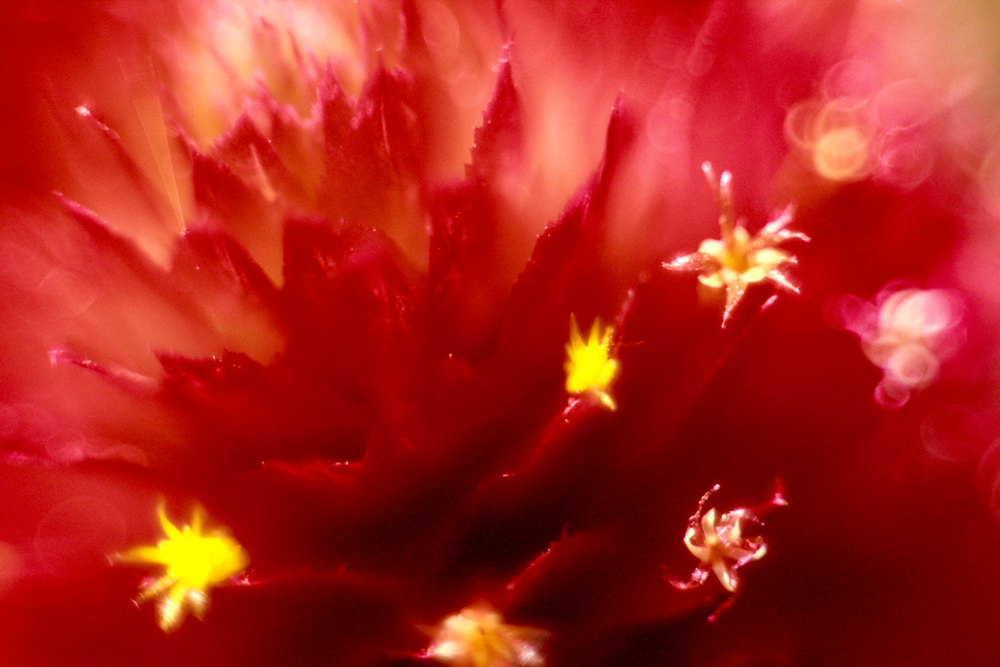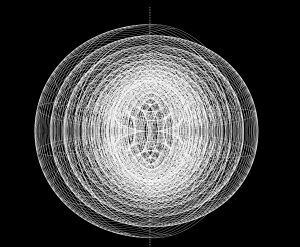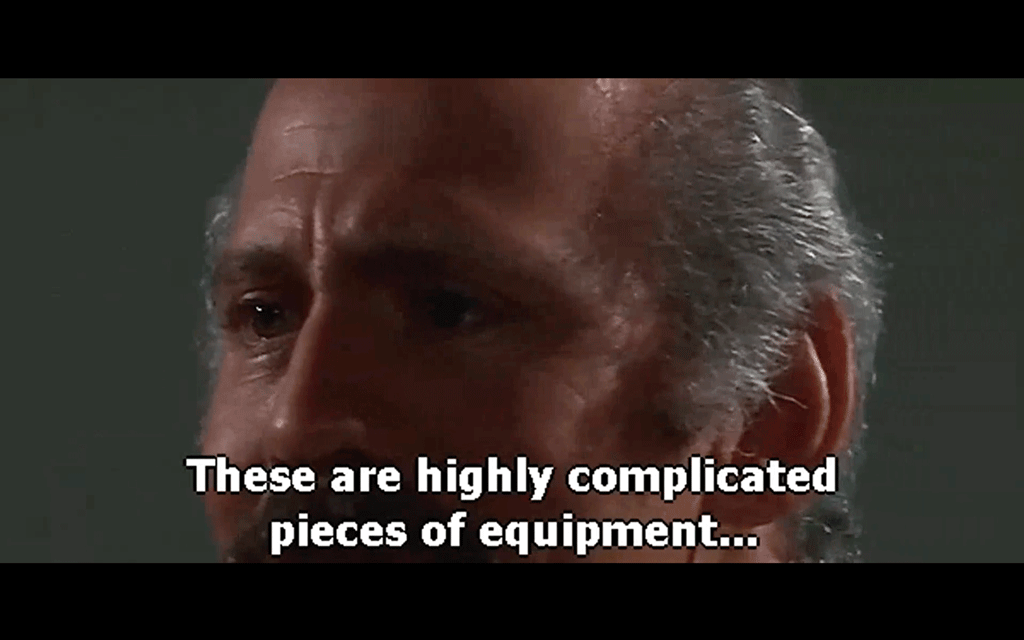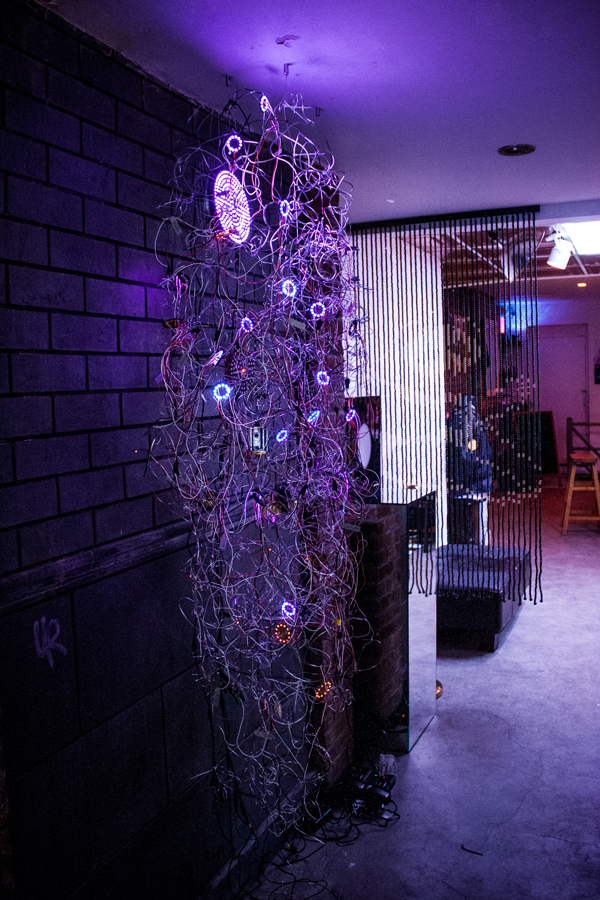New York
ICP: Manufactured Memory, Manufactured History
The logic behind truth is the pursuit of the unknown. But we cannot know truth. We can mention truth, exclaim truth, and even transmit truth, but we can’t know “truth” itself – we can only know the words, images, or ideas through which truth becomes embodied. Through this embodied intellectual approach to truth, we create a delusional image of power over reality. Faced with truth, our gaze dislocates, twists, and unfolds. But frankly, this perspective we hold of the modern problems of natural knowledge and the limits of our experience of the world has become a worn argument.
One of the dilemmas of truth being a “double truth” occurs within the aesthetic experience of the being and the apparent being that dwells in clarity. This state of “being clear” presumes a “way of seeing,” a coordinate, a perspective of reality. What we are questioning about truth is in fact a questioning about “the way to see” which is inherent to our experience.
Let me suggest that we can look at two different ways reality is denied when we try to abstract the image of Truth: one way freezes time and one way collapses space. The way that freezes time focuses on otherness. The one that collapses the space focuses on the self. The fatal power hidden behind the second way involves the self, disappearing in the reflection of one’s own gaze. Which of these two ways of abstracting the truth of things best describes our ways of seeing today?
Within the frame of a representational world, the metaphors of objectivity and subjectivity, position truth as a punctual and absolute body. The way that we have thought about the truth —until now— reveals a four-dimensional approach to know truth. Through the movement of reason, the truth expands to transform itself gradually from a punctual element (the dot as the origin of truth1) to a space of meaning, full of tensions (the circle as the space of meaning1). In the instance of the circle, the origin of truth and its meaning are in dialogue about its aspects. Here is the problem: if we enter fully into the space of truth, all sense is lost. The truth now has no faculty within it to create a fixed and defined image of reality, but rather it generates a hypersurface, penetrable and fluid. Permeable, multiform, multidimensional, polysemic; are these the semantic displacements that the term “truth” has?
Into the vastness of Truth, we move to the observer’s gaze. Its reality is an open and permeable environment, an object prone to mutation. This mechanism of transformation occurs in the plane of the subject-object intercommunication. It is the resonant attribute of the space of interaction, which we might call language. In the environment of reality it is where truth is full of potential truths. Would then, post-truth be a multiplicity of intrinsic instances, echoes of the truth, which in turn serve to express its magnitude? The dimensions of contemporary truth can no longer be understood from the Newtonian sense as if truth were independent of the gaze. Post-truth shares with the image the property of defining itself only in its instances of meaning according to its contextual reality. As long as truth is looked at, truth can be represented only through general relativity, that is, from the tensions that the observer establishes with the objects of reality at a certain moment. In this case, the contextual reality of the subject becomes an object of meaning and the subject itself becomes a sense. We are now confronted by the disclosure of the being of truth.
Read original text in Spanish / Para leer el texto original en Español: http://www.laong.org/dialogo-patetico-la-imagen-de-la-verdad-mafe-izaguirre-pablo-galindo/
(1) Reference: Approaches to Truth, visual essay.
![]()










